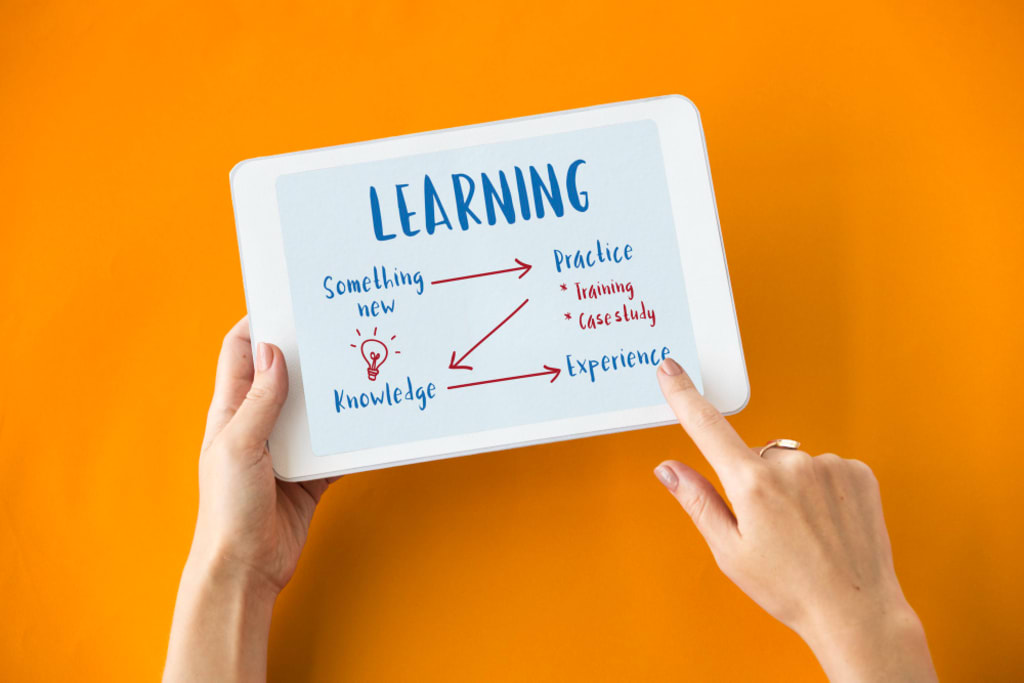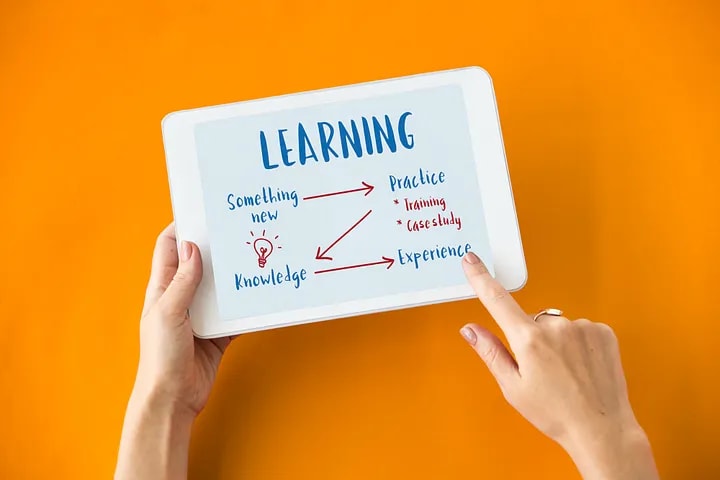The Ultimate Guide to Rapid E-Learning Development
Rapid E-Learning Development

In today’s fast-paced world, the demand for quick and efficient learning solutions is higher than ever. Rapid e-learning development has emerged as a key approach to meeting this demand, enabling organizations to create and deploy e-learning content swiftly without compromising on quality. This article explores the concept of rapid e-learning development, its benefits, key components, and best practices for successful implementation.

What is Rapid E-Learning Development?
Rapid e-learning development refers to the process of creating e-learning content quickly and efficiently using streamlined methods and tools. Unlike traditional e-learning development, which can be time-consuming and resource-intensive, rapid e-learning focuses on speed and agility. This approach often involves leveraging templates, pre-built modules, and user-friendly authoring tools to expedite the creation process.
Benefits of Rapid E-Learning Development
- Speed and Efficiency: Rapid e-learning significantly reduces the time required to develop and launch e-learning courses. This allows organizations to respond quickly to changing training needs and market conditions.
- Cost-Effectiveness: By minimizing development time and utilizing readily available resources, rapid e-learning can be more cost-effective compared to traditional methods. This is particularly beneficial for organizations with tight budgets.
- Scalability: Rapid e-learning solutions can be easily scaled to accommodate a growing number of learners or expanded to cover additional topics. This flexibility is crucial for organizations looking to keep pace with evolving training requirements.
- Consistency and Standardization: Using templates and standardized processes ensures consistency in the quality and format of e-learning content. This standardization helps maintain a uniform learning experience across different courses and modules.
- Improved Learner Engagement: Rapid e-learning tools often include interactive elements such as quizzes, videos, and simulations, which can enhance learner engagement and retention. These elements make the learning experience more dynamic and enjoyable.

Key Components of Rapid E-Learning Development
- Authoring Tools: Effective rapid e-learning development relies on robust authoring tools that enable quick content creation. Popular tools include Articulate Storyline, Adobe Captivate, and Lectora, which offer a range of templates, multimedia support, and interactive features.
- Templates and Pre-Built Assets: Utilizing templates and pre-built assets such as graphics, animations, and question banks can significantly speed up the development process. These resources provide a foundation that can be customized to meet specific learning objectives.
- Modular Design: Breaking down content into smaller, reusable modules allows for greater flexibility and efficiency. These modules can be repurposed across different courses, saving time and effort in the long run.
- Collaboration and Review: Collaborative tools and platforms facilitate teamwork and streamline the review process. Features such as real-time editing, version control, and feedback integration help ensure that content is accurate and meets quality standards.
- Learning Management System (LMS) Integration: Seamless integration with an LMS is essential for delivering and tracking e-learning content. An LMS can automate administrative tasks, provide analytics, and enhance the overall learning experience.
Best Practices for Rapid E-Learning Development
- Define Clear Objectives: Start with clear learning objectives and outcomes. This clarity guides the development process and ensures that the content aligns with the desired goals.
- Focus on Essential Content: Prioritize essential content and avoid unnecessary details. This focus helps maintain a streamlined development process and ensures that learners receive relevant information.
- Leverage Existing Content: Reuse and repurpose existing content whenever possible. This approach not only saves time but also ensures consistency across different learning materials.
- Engage Subject Matter Experts (SMEs): Collaborate with SMEs to ensure the accuracy and relevance of the content. Their expertise is invaluable in creating high-quality e-learning materials.
- Test and Iterate: Conduct thorough testing to identify and address any issues. Gather feedback from learners and stakeholders to make iterative improvements and enhance the learning experience.
- Embrace Agile Methodologies: Adopting agile methodologies such as iterative development and continuous feedback can further accelerate the e-learning development process and improve outcomes.
Conclusion
Rapid e-learning development offers a powerful solution for organizations seeking to deliver timely, cost-effective, and engaging learning experiences. By leveraging advanced tools, templates, and collaborative processes, rapid e-learning enables the swift creation and deployment of high-quality content. As the demand for flexible and scalable learning solutions continues to grow, rapid e-learning development will play an increasingly vital role in meeting the evolving needs of learners and organizations alike.
About the Creator
Enjoyed the story? Support the Creator.
Subscribe for free to receive all their stories in your feed. You could also pledge your support or give them a one-off tip, letting them know you appreciate their work.





Comments
There are no comments for this story
Be the first to respond and start the conversation.